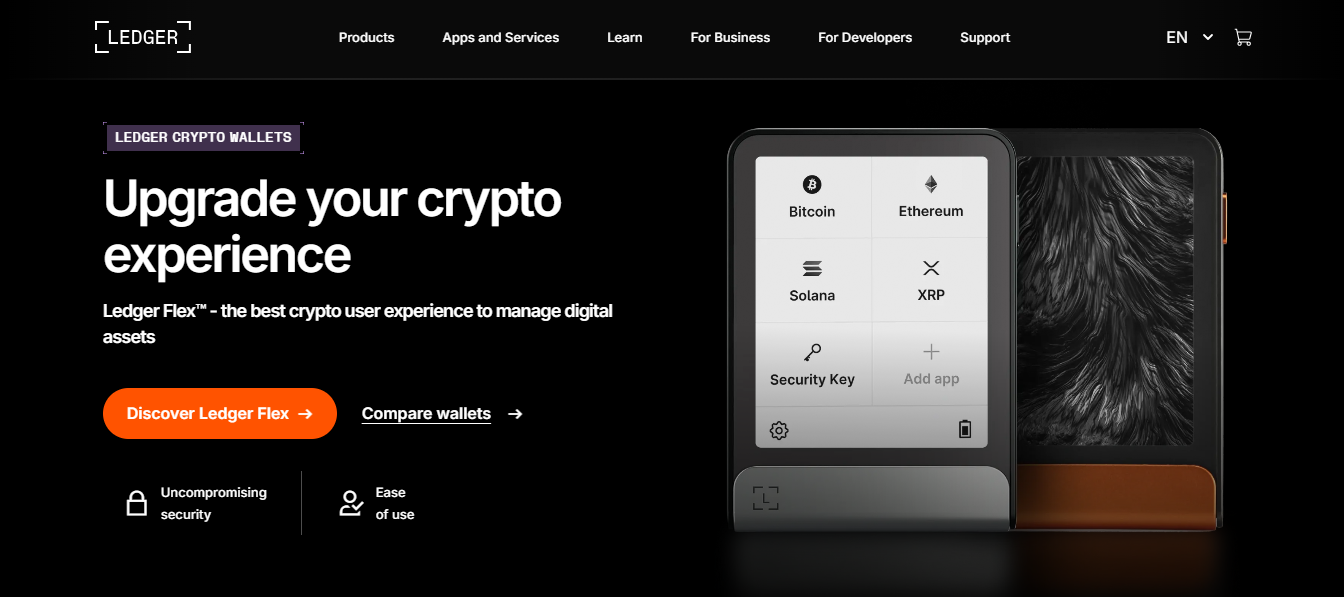
Mastering Crypto Management with Ledger Live Desktop
For anyone serious about securing and managing digital assets, Ledger Live Desktop has become an essential tool. Acting as the companion software to Ledger hardware wallets, Ledger Live Desktop provides users with a streamlined way to monitor portfolios, manage transactions, and interact with decentralized finance ecosystems. In this guide, we’ll explore how Ledger Live Desktop works, what makes it unique, and how you can use it to optimize your crypto journey.
Why Ledger Live Desktop matters for crypto security
In a digital economy, safeguarding private keys is critical, and Ledger Live Desktop ensures this through seamless integration with Ledger Nano hardware wallets. By using Ledger Live Desktop, investors remove the risks associated with browser wallets or mobile-only solutions. This security-first approach makes Ledger Live Desktop the trusted choice for individuals seeking both protection and convenience.
Exploring the Ledger Live Desktop dashboard
The Ledger Live Desktop dashboard offers a clear overview of assets, balances, and transaction history. By centralizing all accounts, Ledger Live Desktop allows users to track Bitcoin, Ethereum, and thousands of tokens in one place. This all-in-one view reduces the need for multiple wallets and exchanges, making Ledger Live Desktop an efficient command center for digital wealth.
How Ledger Live Desktop simplifies crypto transactions
Sending and receiving funds through Ledger Live Desktop is designed to be both intuitive and secure. By confirming transactions directly on the hardware wallet, Ledger Live Desktop eliminates common attack vectors such as phishing or malware. Whether you’re sending Bitcoin to a friend or transferring Ethereum to a DeFi platform, Ledger Live Desktop ensures every step is verifiable and protected.
Portfolio management features of Ledger Live Desktop
A standout feature of Ledger Live Desktop is its portfolio tracking. Investors can view historical performance charts, diversification breakdowns, and real-time market prices. By using Ledger Live Desktop as an investment tracker, users can make more informed decisions without relying solely on third-party apps. This integration of security and analytics makes Ledger Live Desktop a powerful financial tool.
Step-by-step guide to getting started with Ledger Live Desktop
Setting up Ledger Live Desktop is straightforward, and following the correct steps ensures maximum security. Here’s a numbered breakdown of how to begin with Ledger Live Desktop:
- Download Ledger Live Desktop from the official Ledger website.
- Install Ledger Live Desktop on your Windows, macOS, or Linux device.
- Connect your Ledger Nano hardware wallet to Ledger Live Desktop.
- Set up your accounts through the Ledger Live Desktop interface.
- Enable updates to keep Ledger Live Desktop secure and up-to-date.
- Explore portfolio tracking and transaction management within Ledger Live Desktop.
Advanced features inside Ledger Live Desktop
Beyond simple storage, Ledger Live Desktop enables staking, lending, and integration with DeFi applications. Users can stake assets like Ethereum or Tezos directly through Ledger Live Desktop and earn rewards while keeping private keys safe. These advanced functions make Ledger Live Desktop more than a wallet manager—it becomes a gateway to decentralized finance.
Troubleshooting common Ledger Live Desktop issues
Occasionally, users may encounter syncing errors or connection problems with Ledger Live Desktop. Common fixes include updating firmware, reinstalling Ledger Live Desktop, or using a different USB cable for the hardware wallet. By following official support resources, most Ledger Live Desktop issues can be resolved quickly without compromising security.
Comparing Ledger Live Desktop with mobile alternatives
While mobile apps provide convenience, Ledger Live Desktop offers a more robust environment for serious investors. Desktop users benefit from larger interfaces, deeper analytics, and enhanced stability. For high-value transactions or advanced features, Ledger Live Desktop is often the preferred choice compared to lighter mobile solutions.
Future developments of Ledger Live Desktop
As blockchain ecosystems expand, Ledger Live Desktop continues to evolve. New token integrations, NFT management tools, and multi-chain support are being rolled out. This commitment to innovation ensures that Ledger Live Desktop remains at the forefront of secure and user-friendly crypto management.
Conclusion: why Ledger Live Desktop is a must-have for investors
At its core, Ledger Live Desktop combines security, usability, and advanced features into one essential application. By pairing it with a hardware wallet, users ensure their assets are protected while enjoying real-time management tools. For anyone committed to serious crypto investing, Ledger Live Desktop provides the peace of mind and control needed in an ever-changing digital economy.